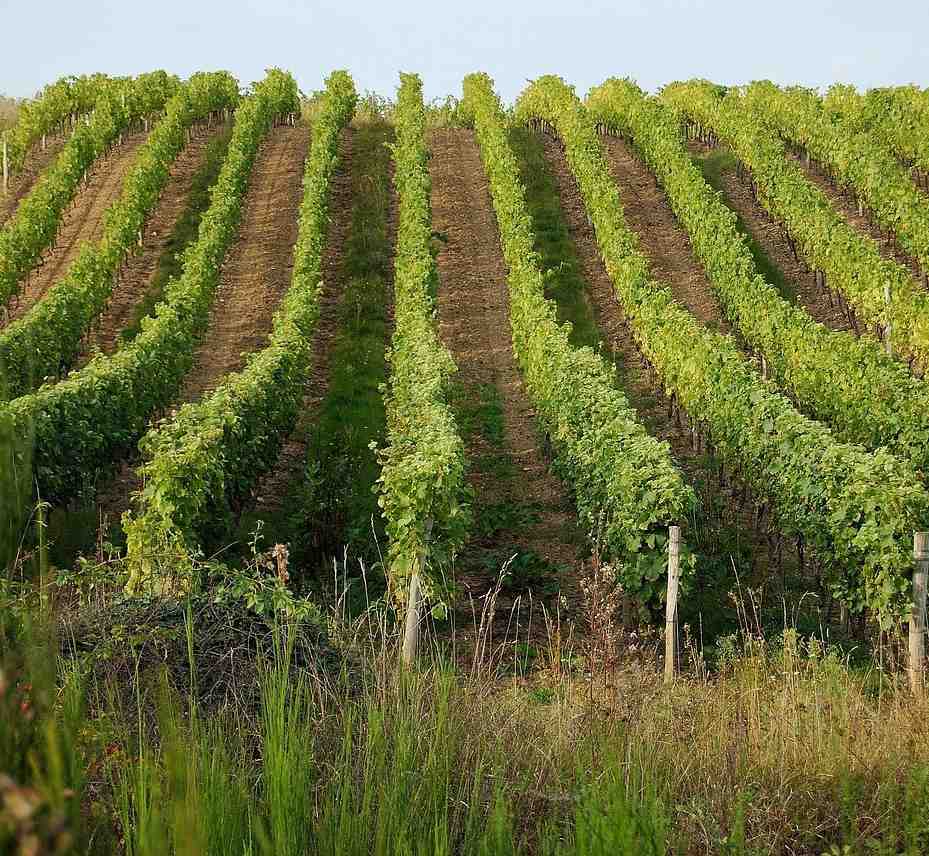![]()

The Ortenau is known to many because of the local Riesling clone, called Klingelberger. Also in Durbach, north of Offenburg, many locations are planted with it, including at the local Durbach winegrowers’ cooperative, from which the wine tasted today comes, a 2013 Trockenbeerenauslese from the Scheurebe from the Steinberg location. A grape variety which can be

 Hans had invited to taste sweet wines (
Hans had invited to taste sweet wines (


 The fact that first-class dry Sauvignon Blanc is produced at Marlborough on New Zealand’s South Island only became known at the end of the 1980s, when Cloudy Bay‘s Sauvignon Blanc became a cult wine. Sensitivity to botrytis makes this grape variety a suitable candidate for sweet wine, as does the Riesling. If the microclimate is right, there is a body of water like river or lake nearby, so wet fog can develop with its humidity, but quickly dry off …
The fact that first-class dry Sauvignon Blanc is produced at Marlborough on New Zealand’s South Island only became known at the end of the 1980s, when Cloudy Bay‘s Sauvignon Blanc became a cult wine. Sensitivity to botrytis makes this grape variety a suitable candidate for sweet wine, as does the Riesling. If the microclimate is right, there is a body of water like river or lake nearby, so wet fog can develop with its humidity, but quickly dry off …  There are more than 60 wine growing regions in Australia, I suppose in this country only few fans of Australian wines know more than a handful of these regions: for example Shiraz from McLaren Vale or Barossa Valley or Cabernet Sauvignon from Coonawarra.
There are more than 60 wine growing regions in Australia, I suppose in this country only few fans of Australian wines know more than a handful of these regions: for example Shiraz from McLaren Vale or Barossa Valley or Cabernet Sauvignon from Coonawarra. At our Italian evening Hans and I agreed in the judgment of the Muffato della Sala 2011 by Castello della Sala: In the nose like Sauternes, on the palate somehow stronger, the sweetness a bit too noticeable, there are some similarities with Passito, nevertheless no Passito – in short one very good, original Italian sweet wine.
At our Italian evening Hans and I agreed in the judgment of the Muffato della Sala 2011 by Castello della Sala: In the nose like Sauternes, on the palate somehow stronger, the sweetness a bit too noticeable, there are some similarities with Passito, nevertheless no Passito – in short one very good, original Italian sweet wine.